Idea by
Giorgia Rocchi, Salvatore Peluso
IRA-C
Call for ideas 2017
An archive of Futures
An archive of Futures

“An archive of Futures” project is an archival research, an open laboratory, an installation, a publication and a critical discussion. The aim is to reread reinterpret and rework the wealth of knowledge made up by Domus magazine historical archive. Starting from this massive cultural heritage we’d like to promote a collective discussion.
John McHale’s “The Future of the Future” was reviewed on Domus #479 (October 1969). The Scottish artist and sociologist states: “the future of the past is in the future, the future of the present is in the past, the future of the future is in the present”.
To paraphrase, we could say: “the future of the past is in the present”. From Domus’ historical archive we want to gather and select future visions by architects, designers and artists. Futuristic projects, visions, utopias and apocalyptic scenarios. What can these futures say about our present? Have they become obsolete or are they still relevant today? What are today’s main future issues?
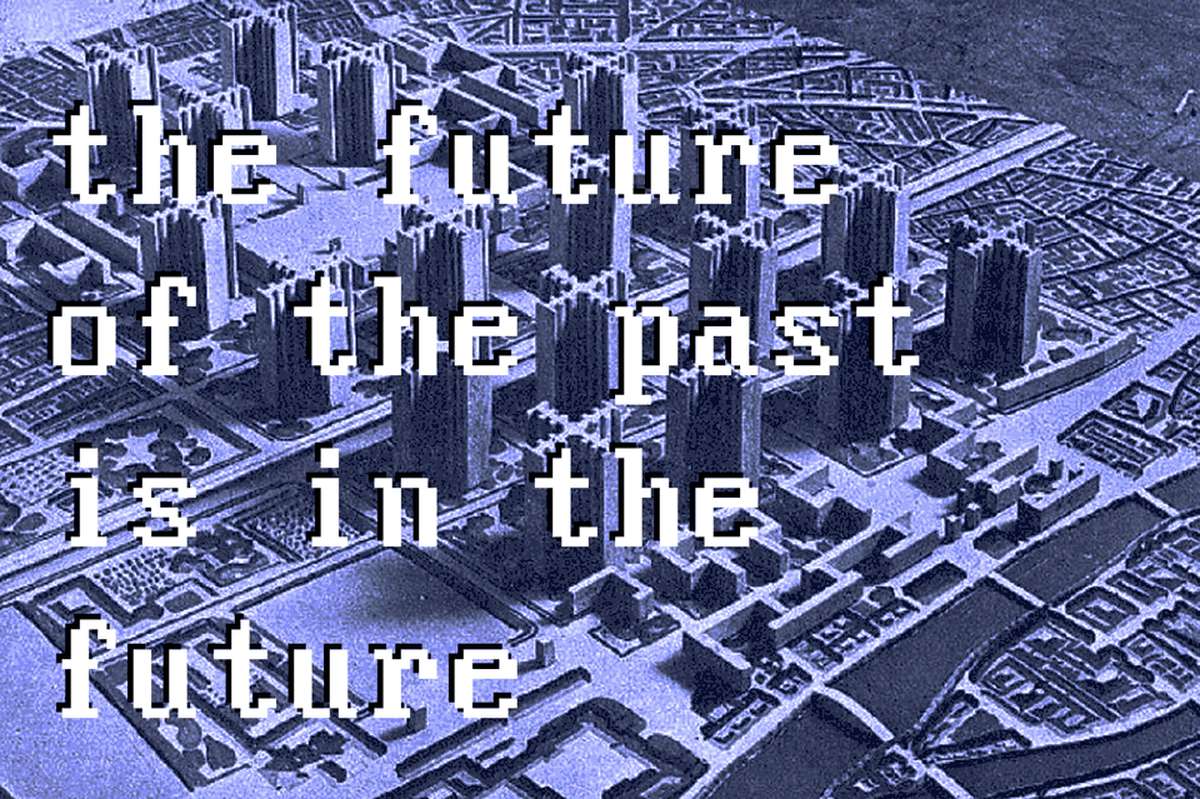
“As well as tomorrow, the future is concerned with yesterday and today. With our thoroughly modern sense of the future, we find we need to reinvent the past: the testimonies of that past are our experimental data for drawing the map of the future.” (John McHale)
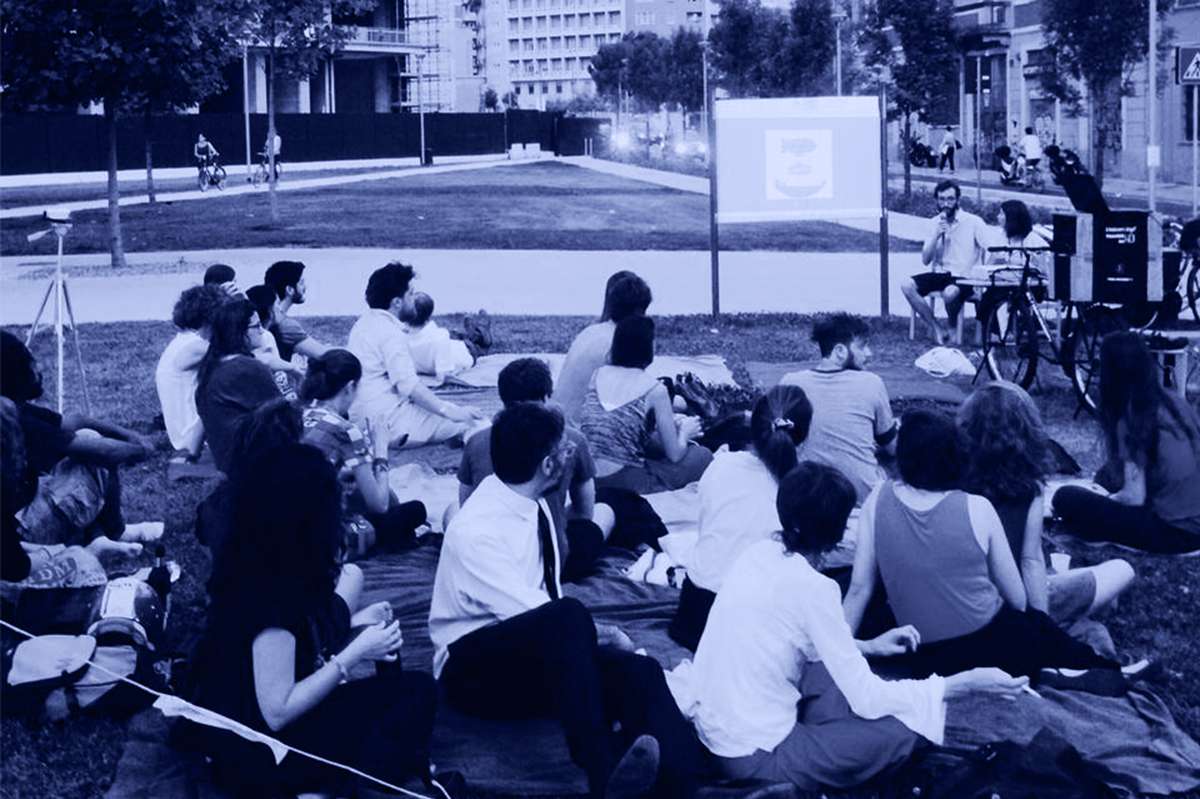
IRA-C, Free University #2, Learning from the Mass, Milan, July 2015. We organized public discussions and workshops that took place in streets and squares. We promoted inclusive and open dialogues, trying to image new governance processes for urban commons. In addition to public discussions we also developed visual inquiries using always different tools and formats: photography, mapping, drawings, catalogues of materials and articles, literature...

An immense cultural heritage: 88 years of Domus magazine, more than 1,000 issues, 140,000 edited pages, 270,000 photographs, 60,000 drawings and sketches, 12,000 authors, 7,000 buildings, 4,000 interiors 1,500 territorial plans, 6200 reviews… Archives are not something static, containers of knowledge so to speak, but sets of materials that would talk to one another and could constantly be re-animated and put into parallel conversations in order to produce new meaning and relationships.
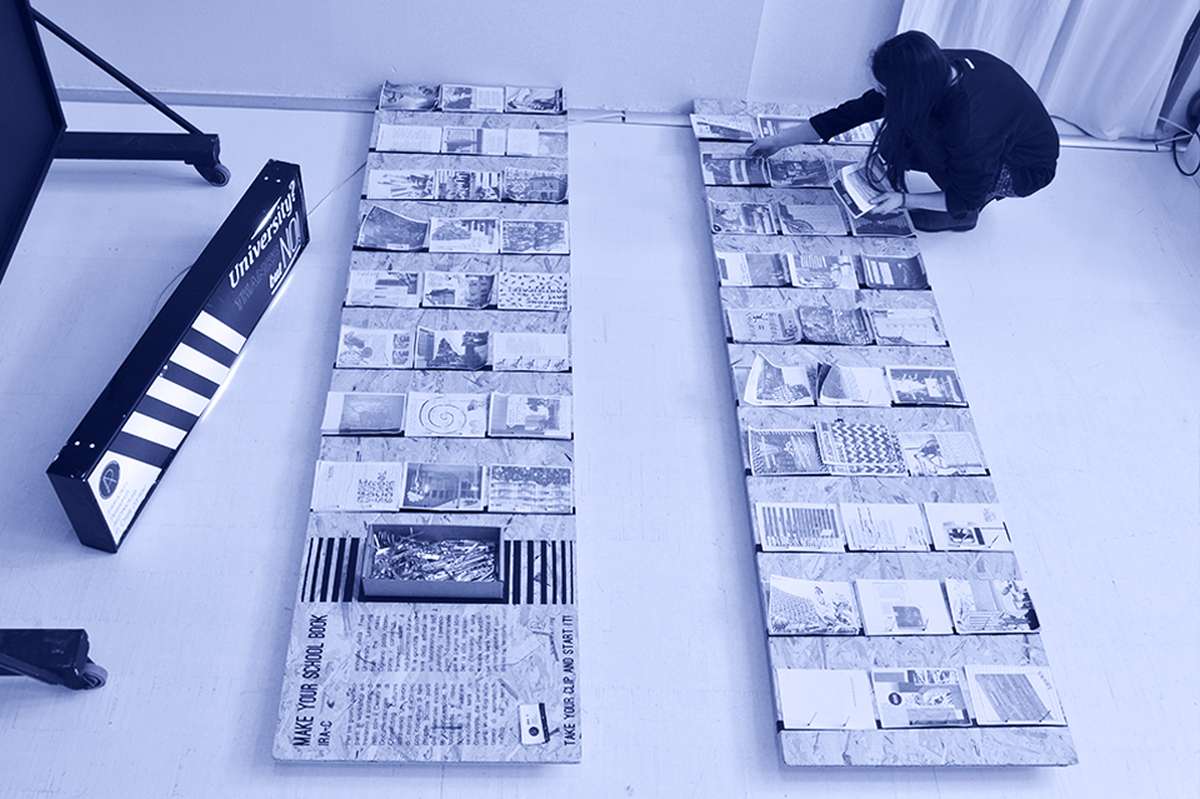
IRA-C, Make your school book, editorial workshop at Triennale di Milano, May 2013. During a three-days workshop, participants realised DIY publications using cultural association Connecting Culture’s wide archive.
An archive of Futures
An archive of Futures

“An archive of Futures” project is an archival research, an open laboratory, an installation, a publication and a critical discussion. The aim is to reread reinterpret and rework the wealth of knowledge made up by Domus magazine historical archive. Starting from this massive cultural heritage we’d like to promote a collective discussion.
John McHale’s “The Future of the Future” was reviewed on Domus #479 (October 1969). The Scottish artist and sociologist states: “the future of the past is in the future, the future of the present is in the past, the future of the future is in the present”.
To paraphrase, we could say: “the future of the past is in the present”. From Domus’ historical archive we want to gather and select future visions by architects, designers and artists. Futuristic projects, visions, utopias and apocalyptic scenarios. What can these futures say about our present? Have they become obsolete or are they still relevant today? What are today’s main future issues?

“As well as tomorrow, the future is concerned with yesterday and today. With our thoroughly modern sense of the future, we find we need to reinvent the past: the testimonies of that past are our experimental data for drawing the map of the future.” (John McHale)
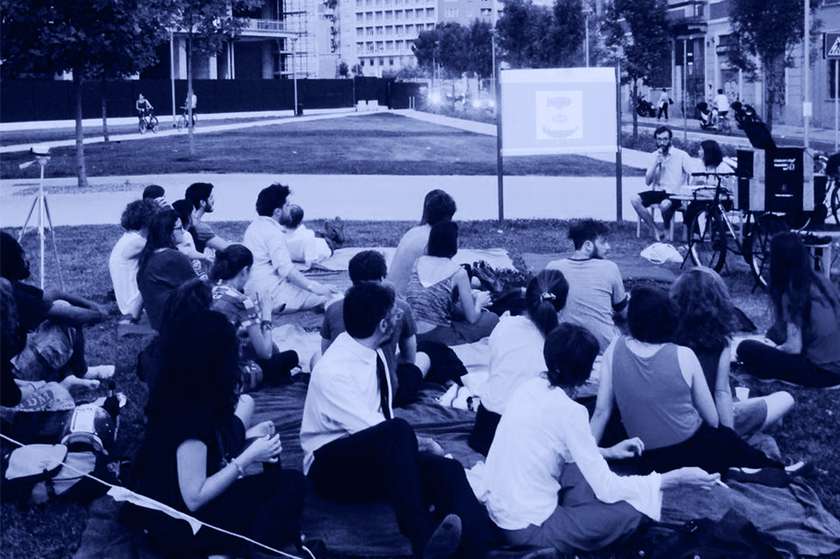
IRA-C, Free University #2, Learning from the Mass, Milan, July 2015. We organized public discussions and workshops that took place in streets and squares. We promoted inclusive and open dialogues, trying to image new governance processes for urban commons. In addition to public discussions we also developed visual inquiries using always different tools and formats: photography, mapping, drawings, catalogues of materials and articles, literature...

An immense cultural heritage: 88 years of Domus magazine, more than 1,000 issues, 140,000 edited pages, 270,000 photographs, 60,000 drawings and sketches, 12,000 authors, 7,000 buildings, 4,000 interiors 1,500 territorial plans, 6200 reviews… Archives are not something static, containers of knowledge so to speak, but sets of materials that would talk to one another and could constantly be re-animated and put into parallel conversations in order to produce new meaning and relationships.
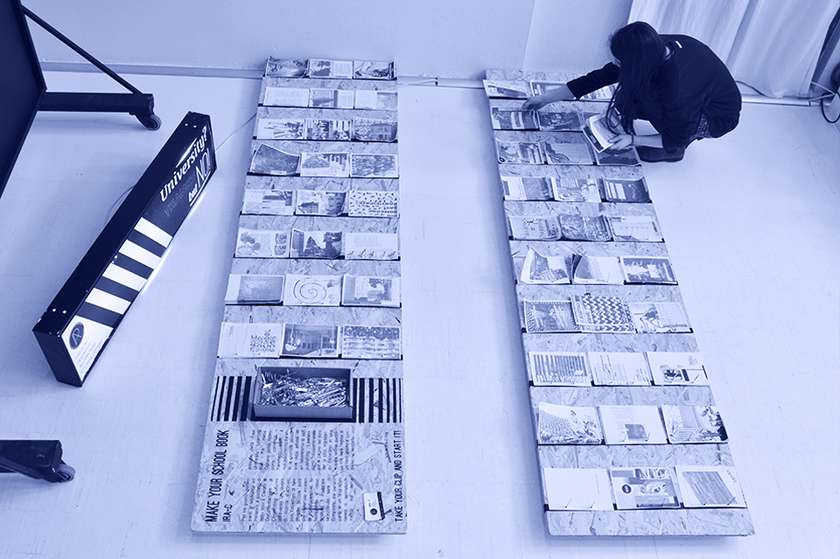
IRA-C, Make your school book, editorial workshop at Triennale di Milano, May 2013. During a three-days workshop, participants realised DIY publications using cultural association Connecting Culture’s wide archive.